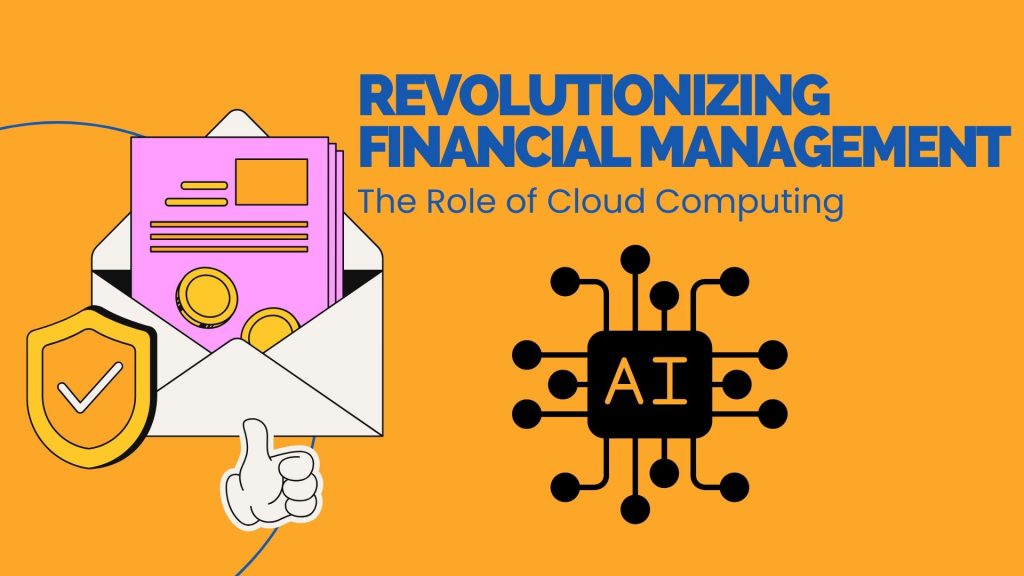Cloud computing is reshaping the educational landscape by enabling personalized and adaptive learning experiences. Purnimanand Peram, a specialist in educational technologies, explores how these innovations are transforming how students learn, educators teach, and institutions operate, creating new opportunities for scalability, innovation, and accessibility in education.
The Shift Towards Cloud-Enabled Education
Cloud computing has transformed education by enabling personalized learning experiences. With the adoption of scalable, cost-effective tools like adaptive learning platforms, real-time feedback systems, and learning analytics, education is becoming more accessible and responsive to individual needs. Cloud technologies bridge geographical gaps, reduce cost barriers, and provide a dynamic learning experience globally. As these technologies evolve, they continue to enhance engagement and improve educational outcomes across diverse learning environments.
Personalizing Learning with Cloud Computing
Cloud computing has transformed education by enabling personalized learning experiences tailored to individual student needs. Cloud-based adaptive learning platforms leverage real-time analysis of student behavior, adjusting content and pace to ensure students remain appropriately challenged while progressing at their own pace. These platforms, powered by AI and machine learning, provide a customized learning path for each student.
Another key benefit is real-time feedback and assessment. Unlike traditional methods, cloud platforms offer immediate feedback, helping students identify and correct misconceptions quickly. This fosters active learning and creates a dynamic, engaging learning environment.
Moreover, cloud-powered learning analytics provide educators with detailed insights into student performance. These data-driven insights help educators make informed decisions, improve teaching effectiveness, and provide timely interventions for struggling learners, ultimately leading to better educational outcomes and more efficient learning processes.
Addressing Educational Challenges Through Cloud
Cloud computing addresses several long-standing challenges in education, particularly in accessibility, resource allocation, and collaboration. One of the key benefits is its ability to make educational resources available to anyone with an internet connection, breaking down geographical and economic barriers. Cloud services allow institutions to offer content to a global audience, democratizing education.
For students with disabilities, cloud-based assistive technologies like speech-to-text and text-to-speech enhance inclusivity by integrating seamlessly into platforms, ensuring equal access to high-quality resources. The cloud’s scalability allows institutions to provide these resources to a vast number of students at minimal cost, making advanced tools accessible even in under-resourced regions.
Additionally, cloud computing fosters collaboration by providing platforms for real-time document sharing, group work, and project-based learning. These tools enable students and educators to collaborate globally, improving teamwork skills essential for today’s workplace. Cloud-based resources make it easier to share information, access materials, and work together on projects.
Improving Educational Efficiency and Cost-Effectiveness
Cloud computing offers a cost-effective solution for education by reducing the need for expensive, scalable infrastructure. Traditional systems require large upfront investments in hardware and maintenance, whereas cloud-based solutions allow institutions to pay only for the resources they use. This flexibility enables institutions to adjust resources based on demand, making cloud systems ideal for handling fluctuating needs, such as MOOCs or seasonal enrollment spikes.
Cloud-Powered Teaching and Learning Tools
Cloud-based technologies have transformed education by enabling virtual classrooms and learning management systems (LMS), which facilitate real-time interaction through video conferencing, collaborative whiteboards, and shared digital spaces, enhancing remote and hybrid learning. These platforms integrate multimedia content, such as simulations and gamified lessons, improving engagement and retention. Educational institutions can easily create and share interactive resources for a more impactful learning experience. Additionally, cloud-hosted professional development platforms provide educators with flexible, on-demand access to training, allowing them to stay current with new teaching methods and subject knowledge without time or location constraints.
Expanding Global Reach and Cross-Border Education
Cloud computing in education offers immense potential for global reach and scalability, enabling institutions to provide content and collaborate across borders. By hosting resources on cloud platforms, students worldwide gain equal access to high-quality learning materials. Cloud also fosters cross-border collaboration, preparing students for the global workforce by enhancing cross-cultural communication and teamwork skills.
In conclusion, Purnimanand Peram emphasizes that cloud computing represents a fundamental shift in education, enabling personalized, accessible, and cost-effective learning through adaptive platforms and real-time feedback systems. As cloud technology evolves, its transformative potential will continue to expand, offering new opportunities for students and educators globally.




